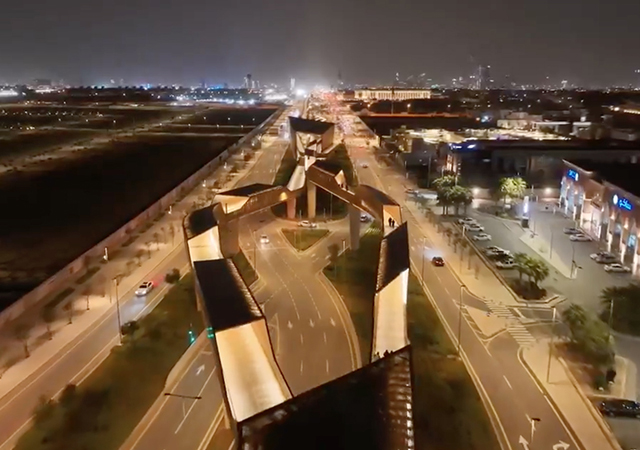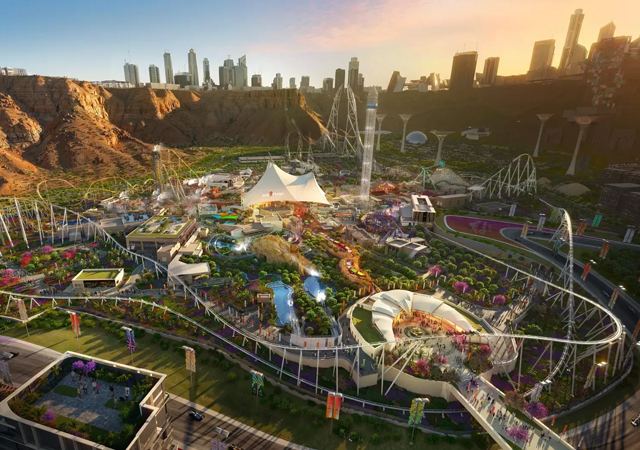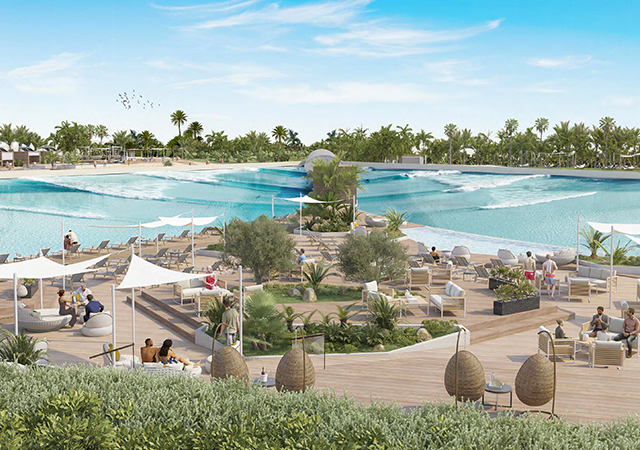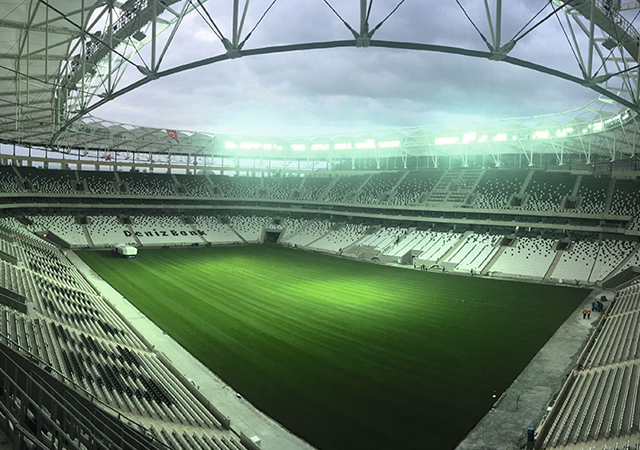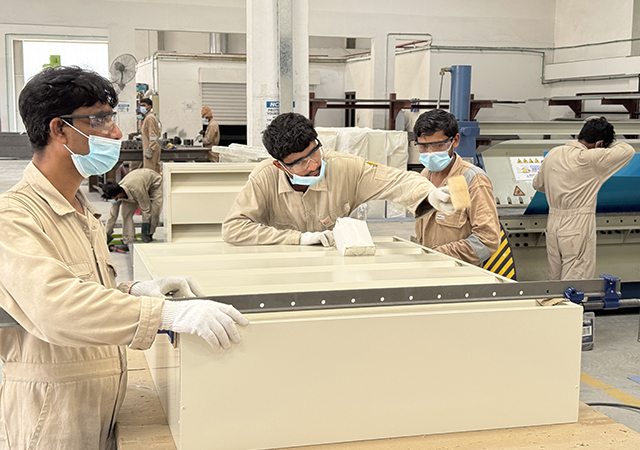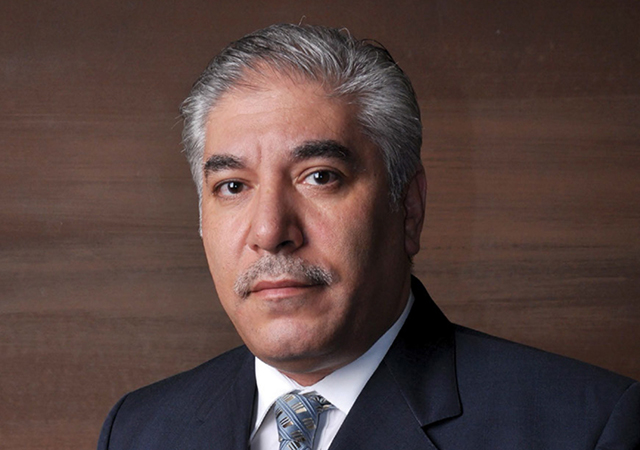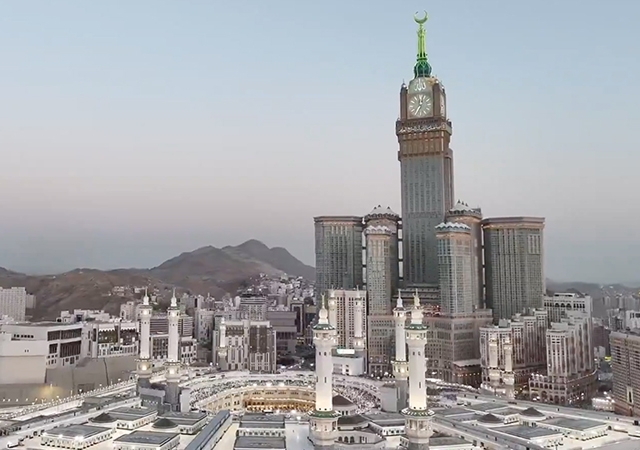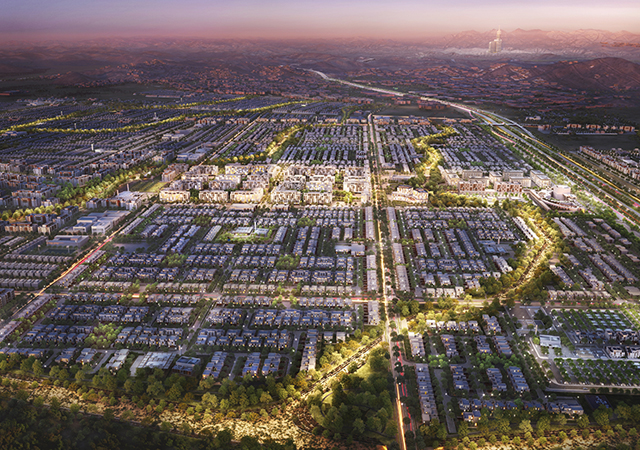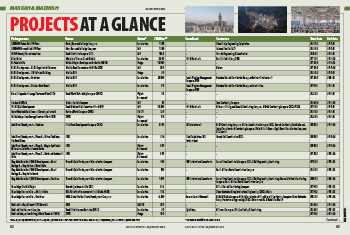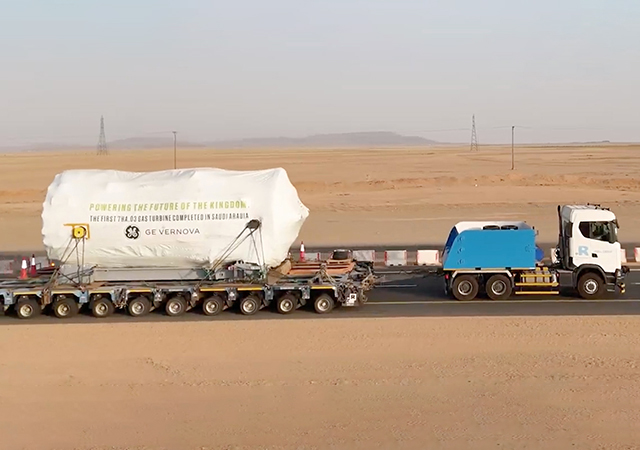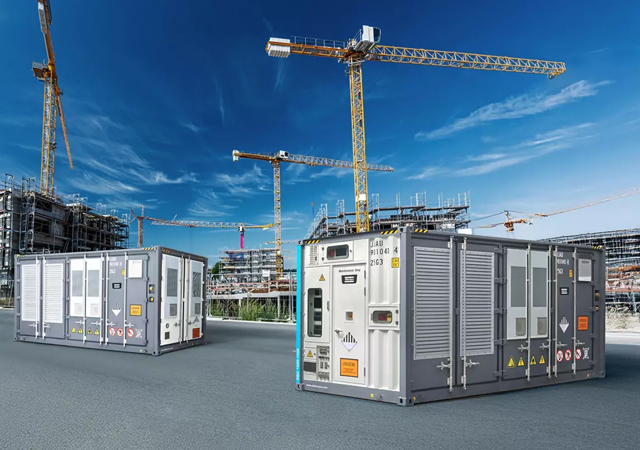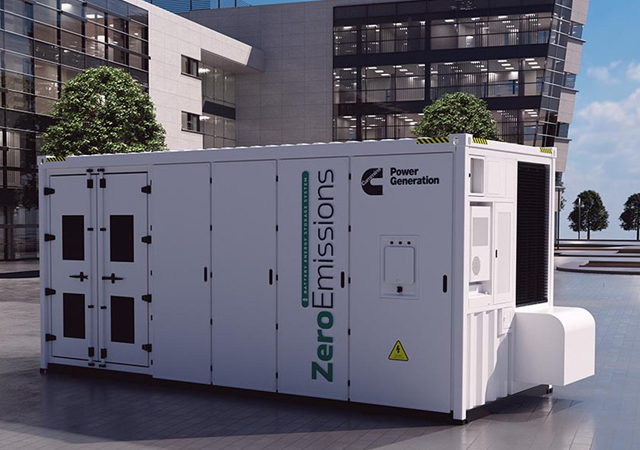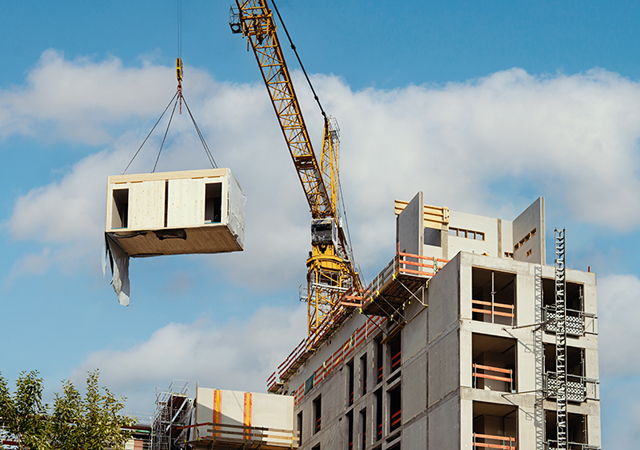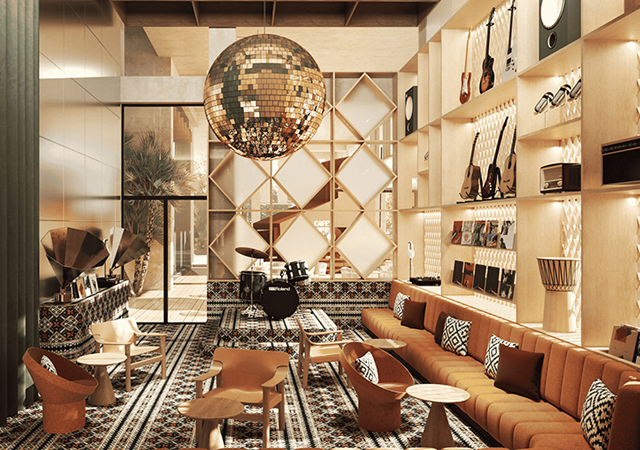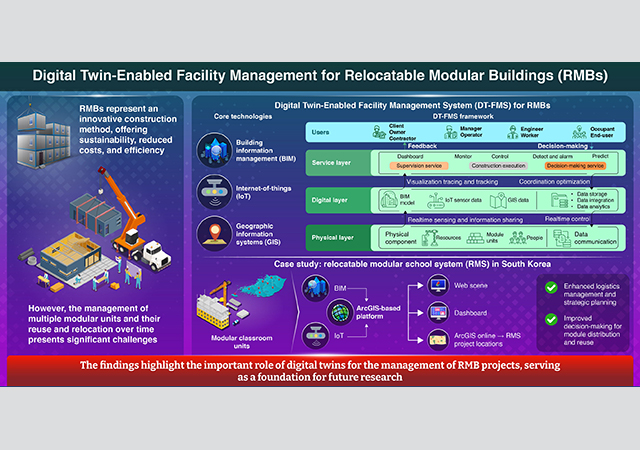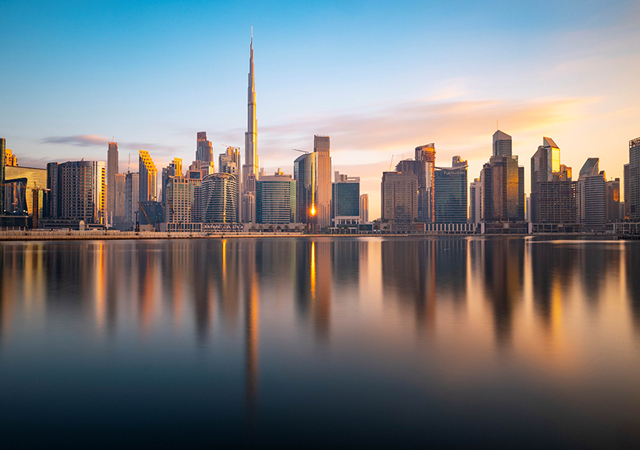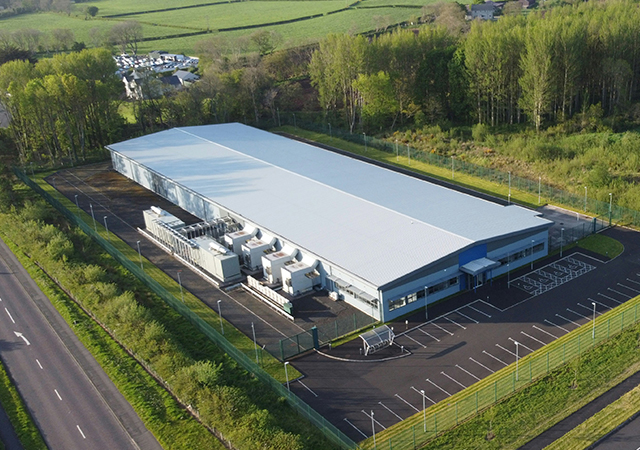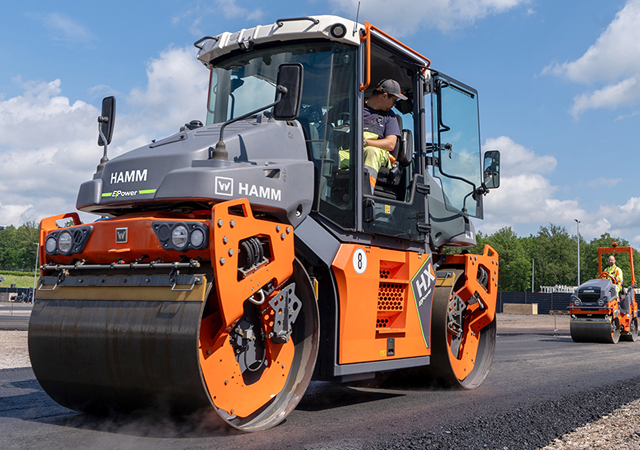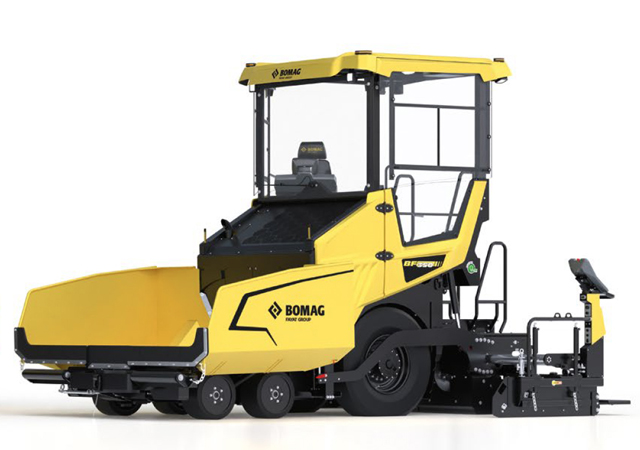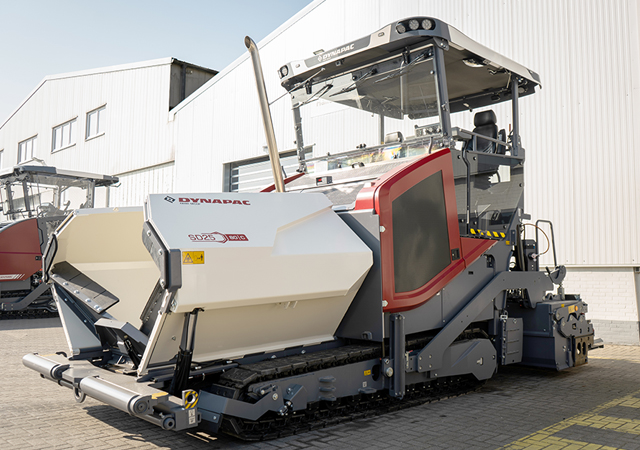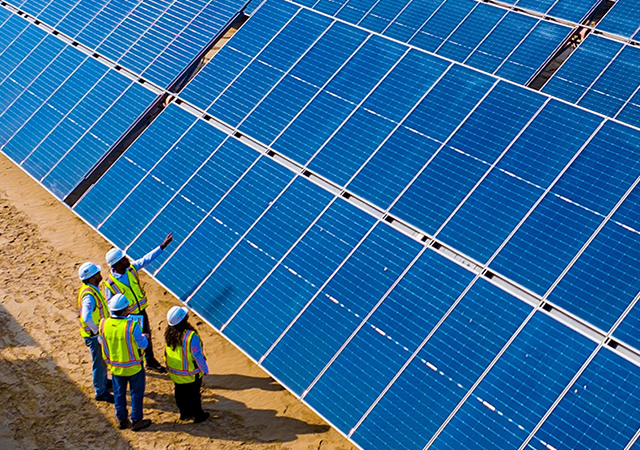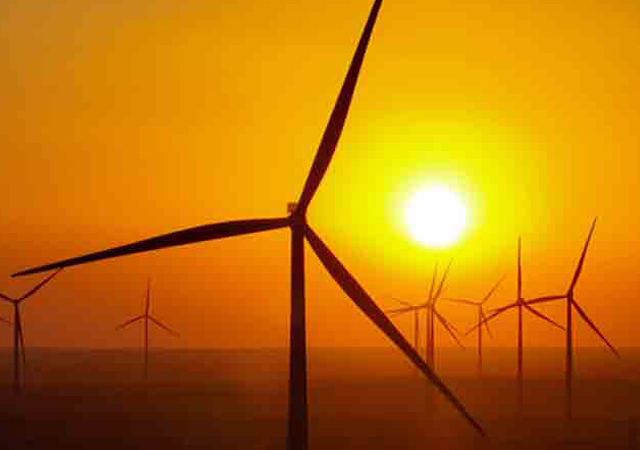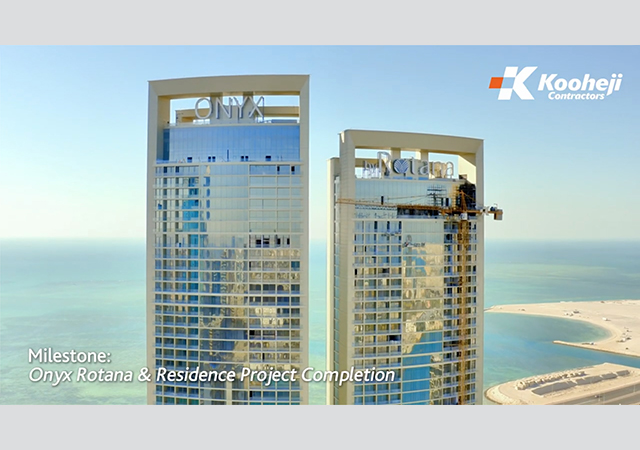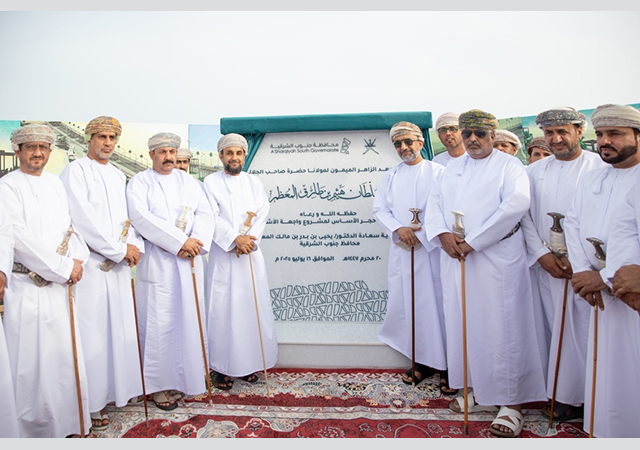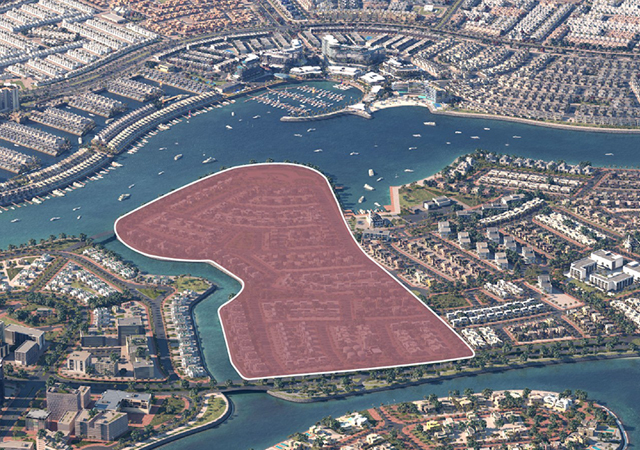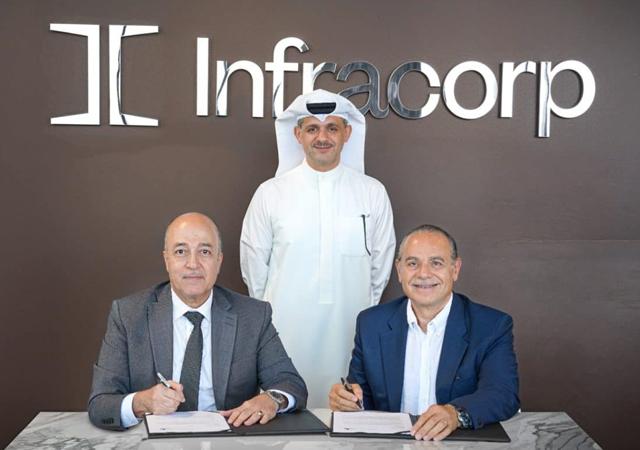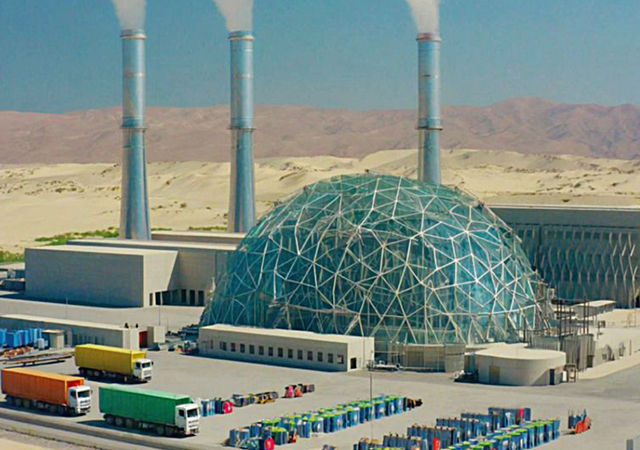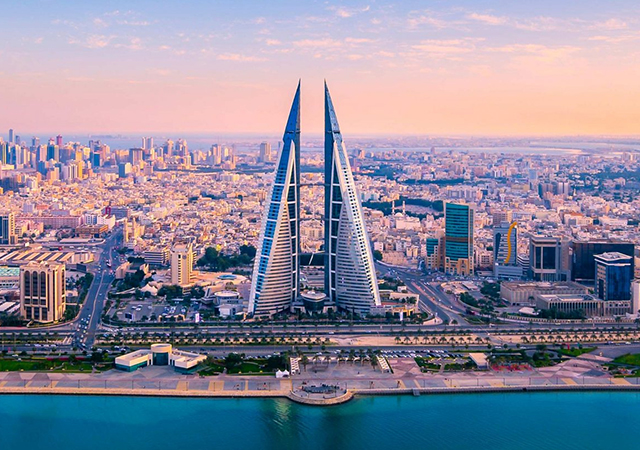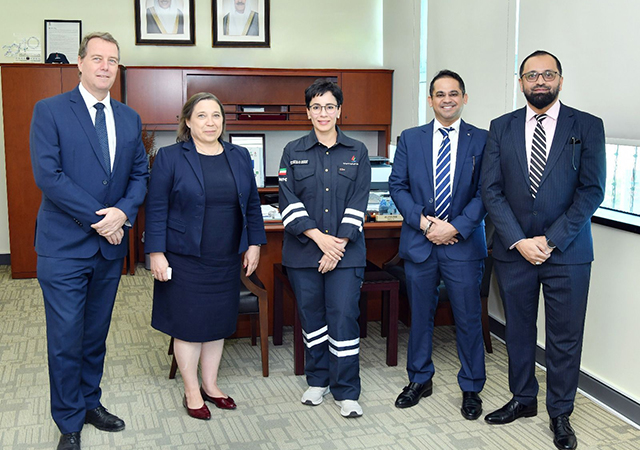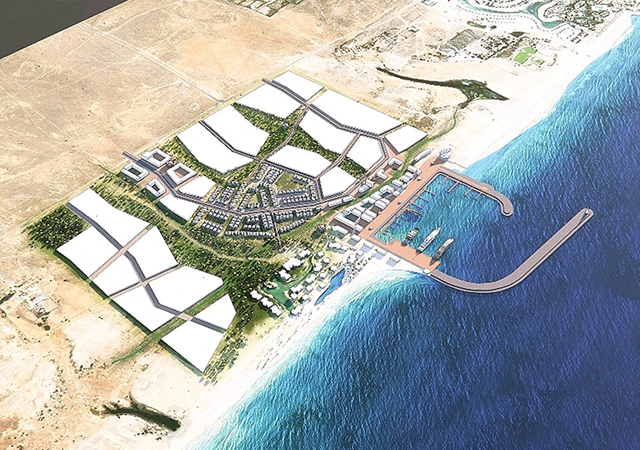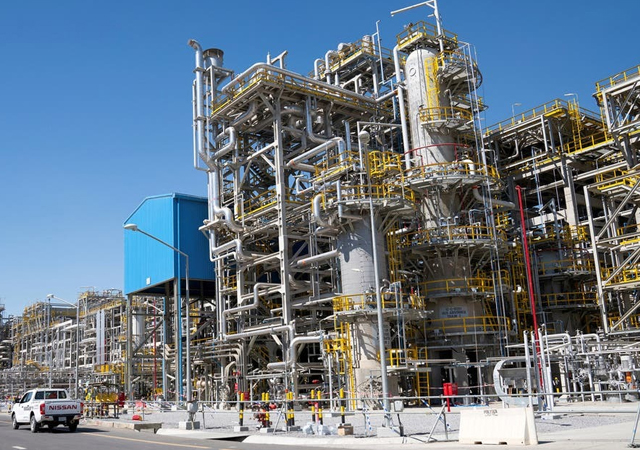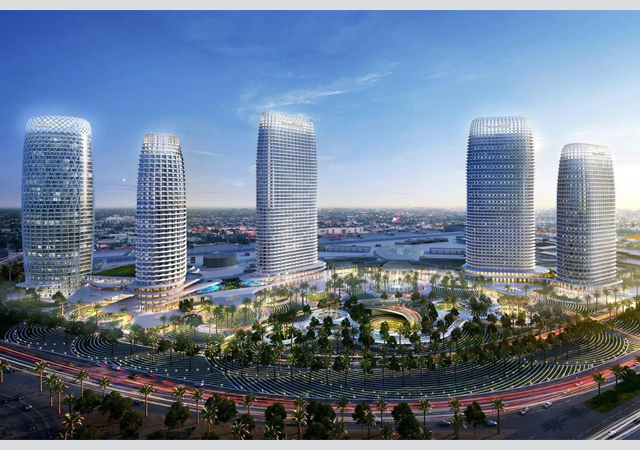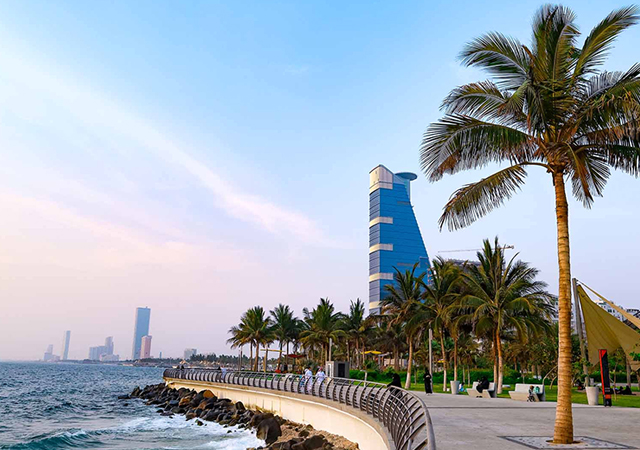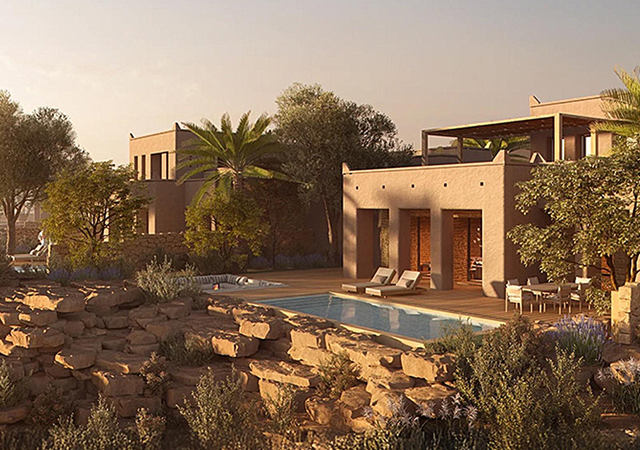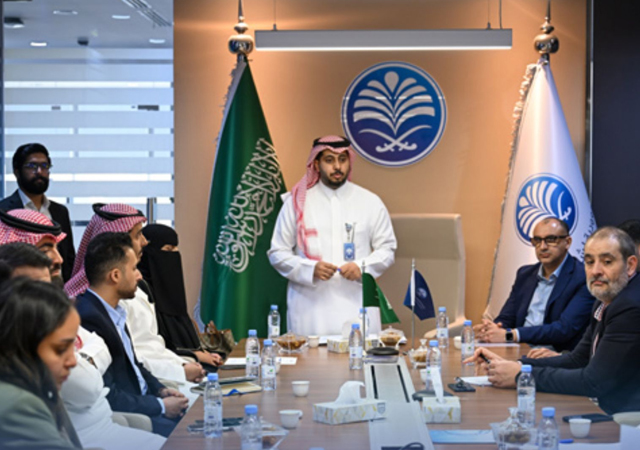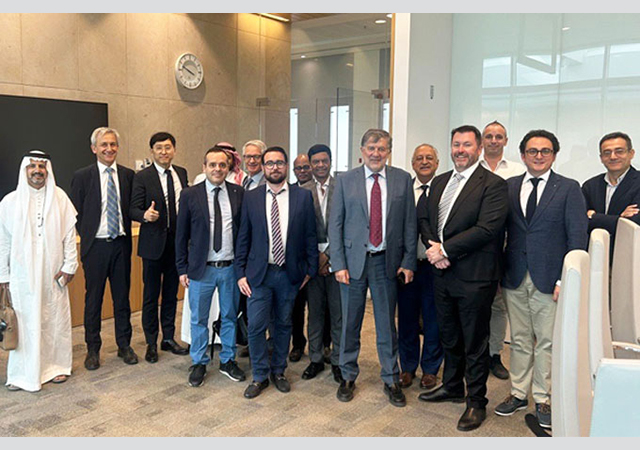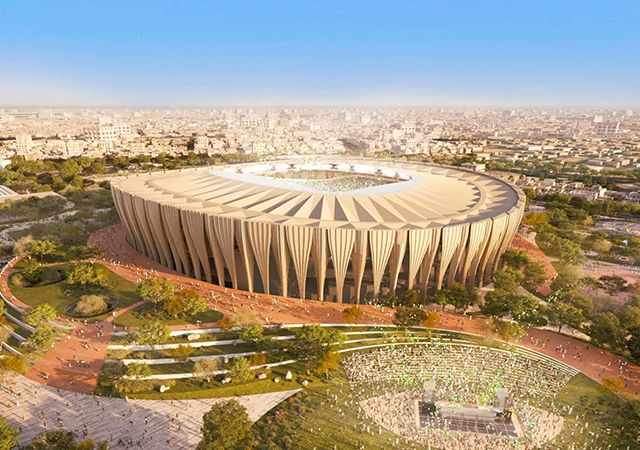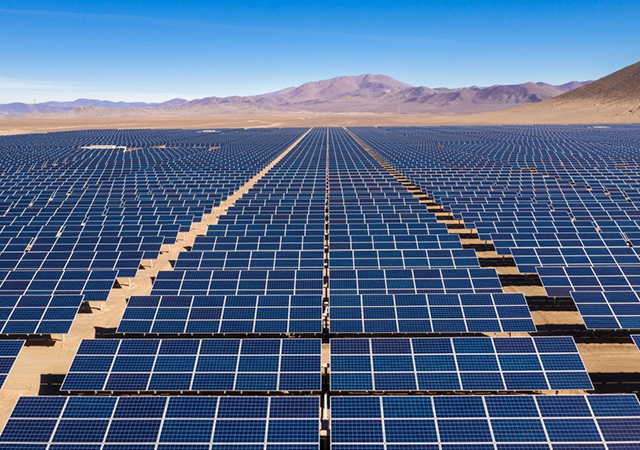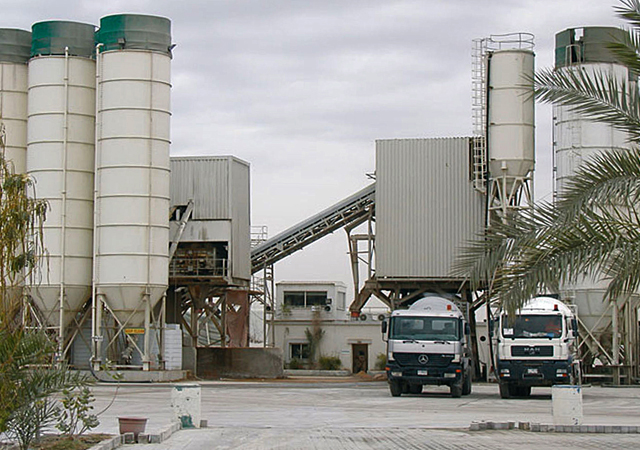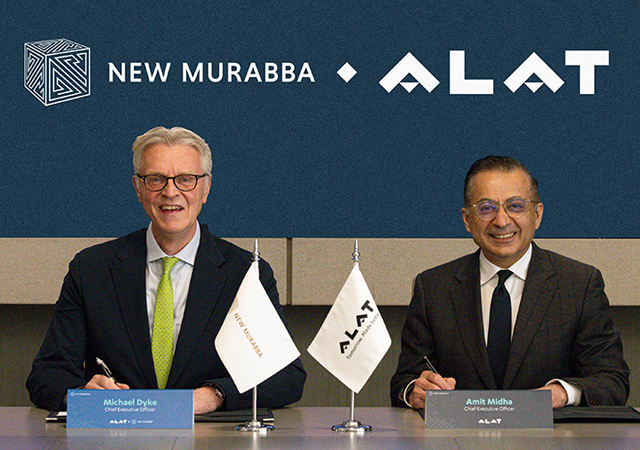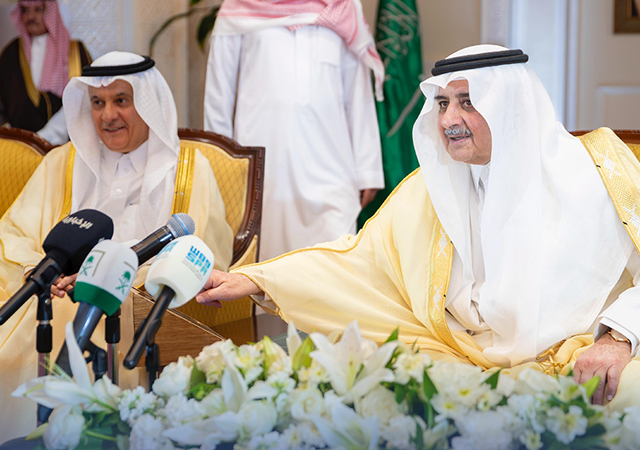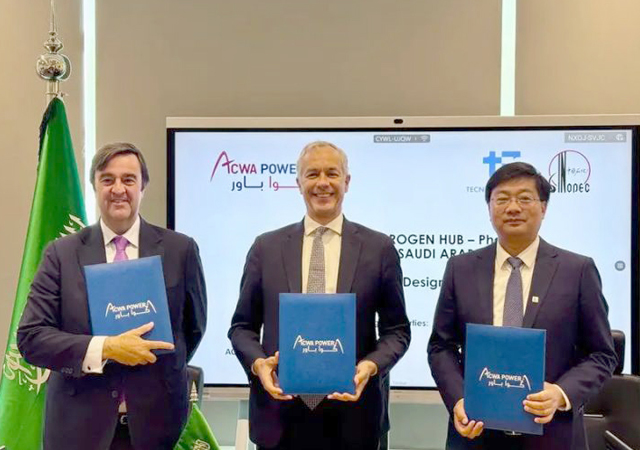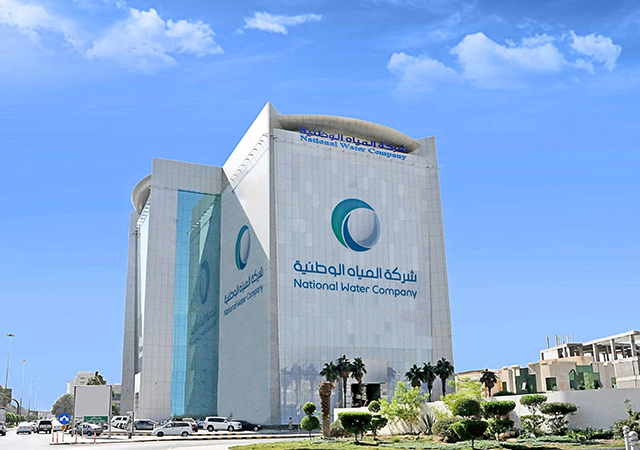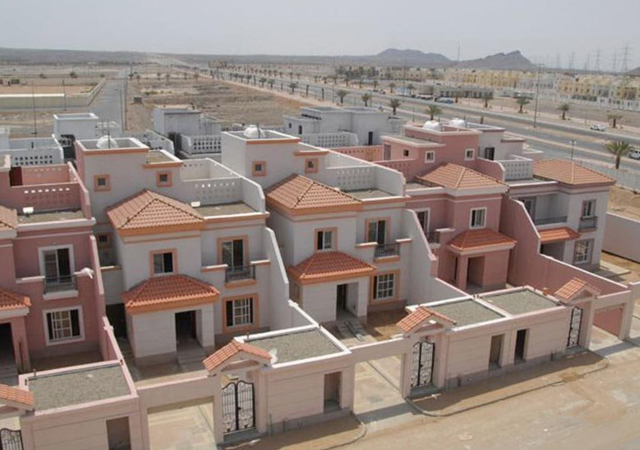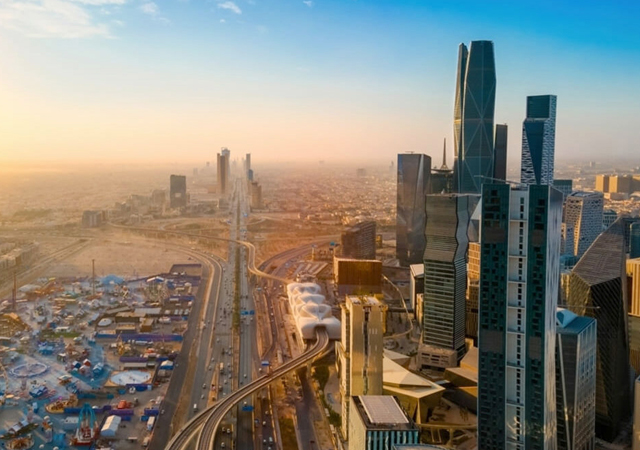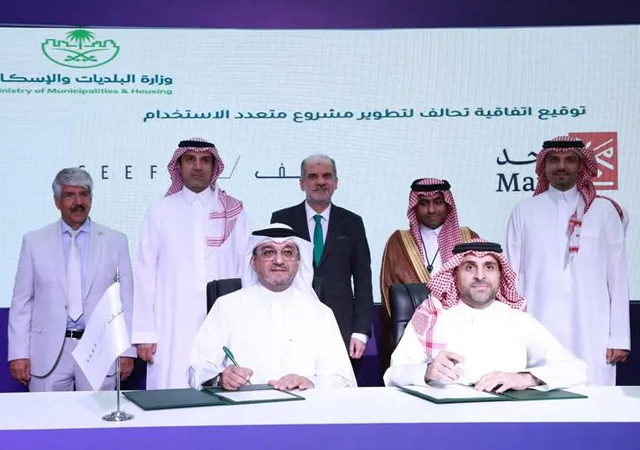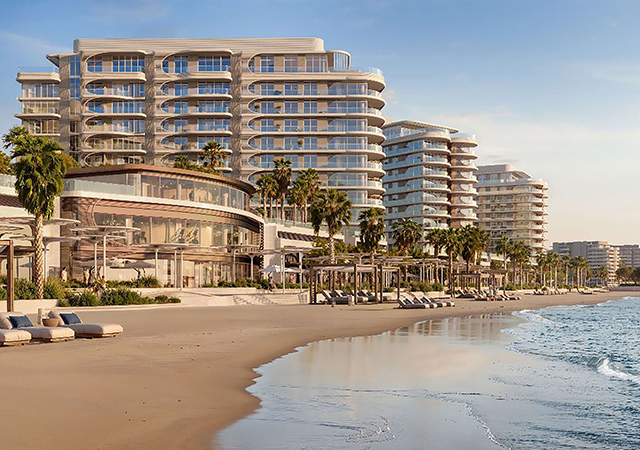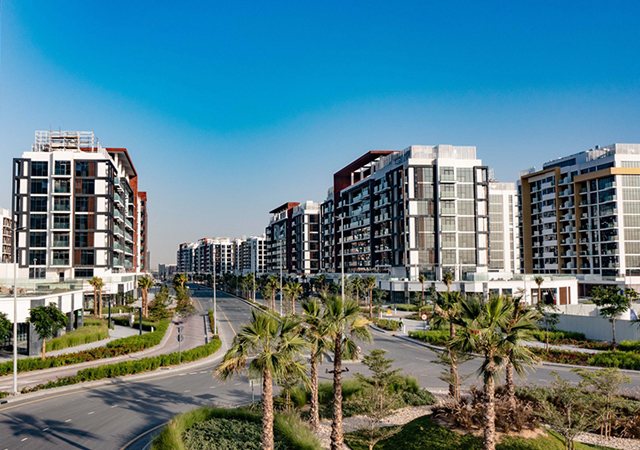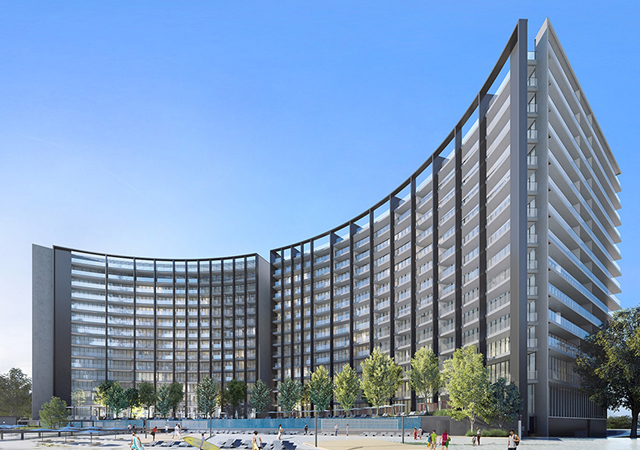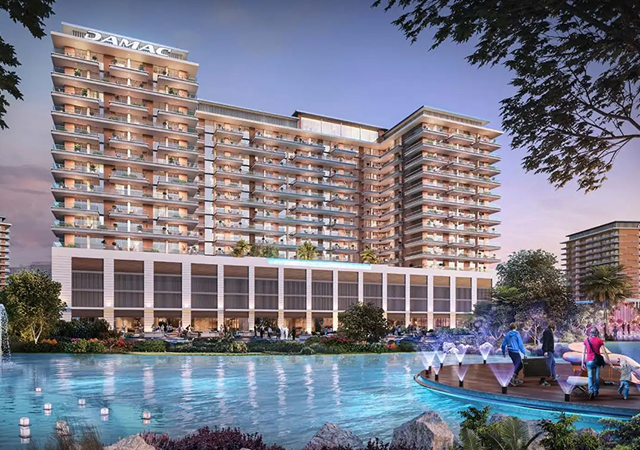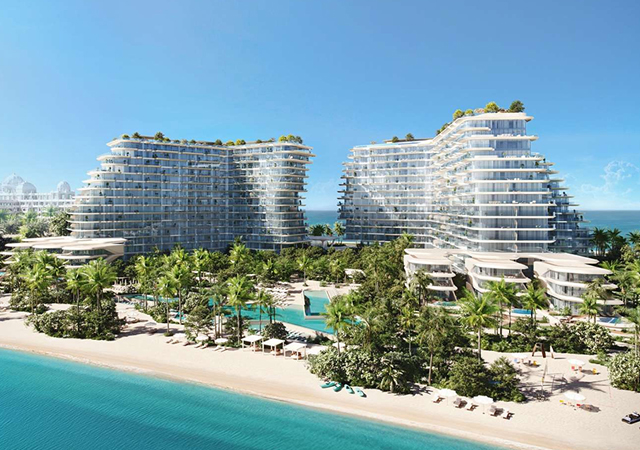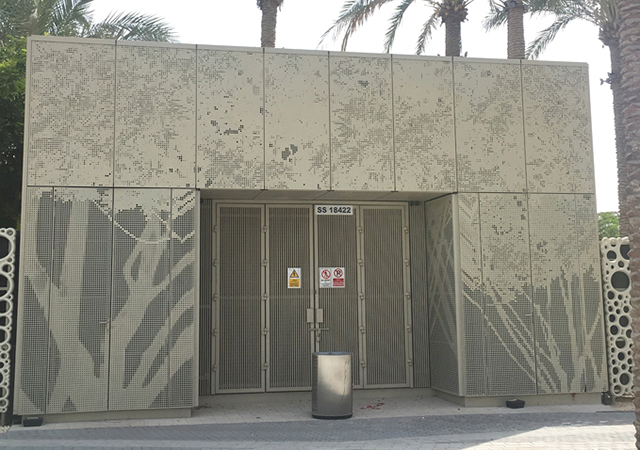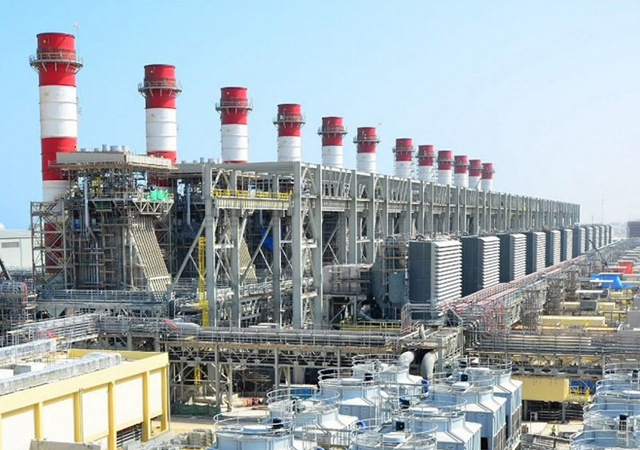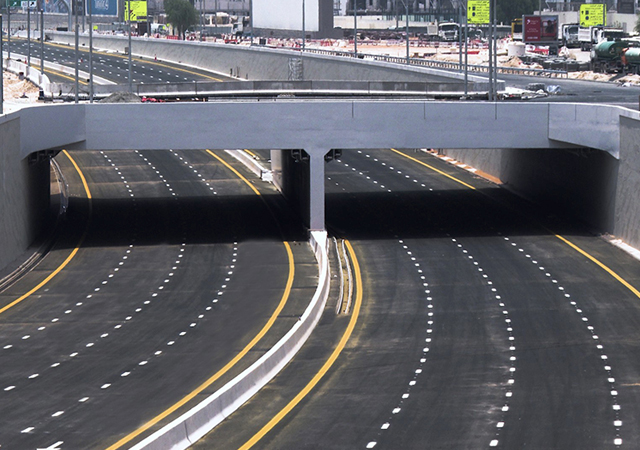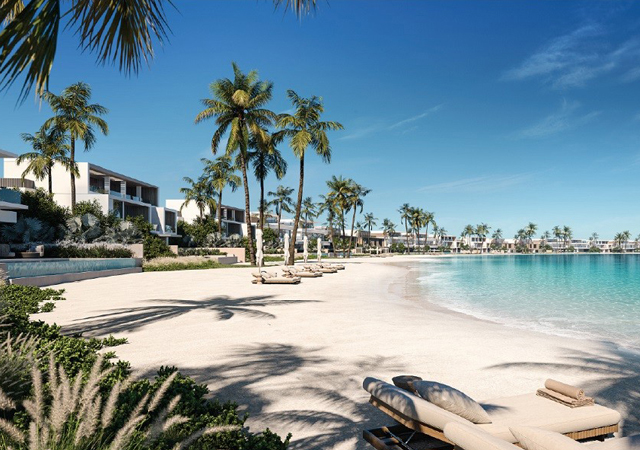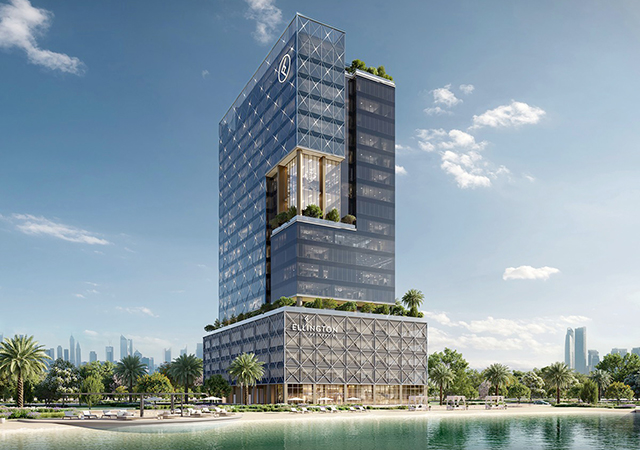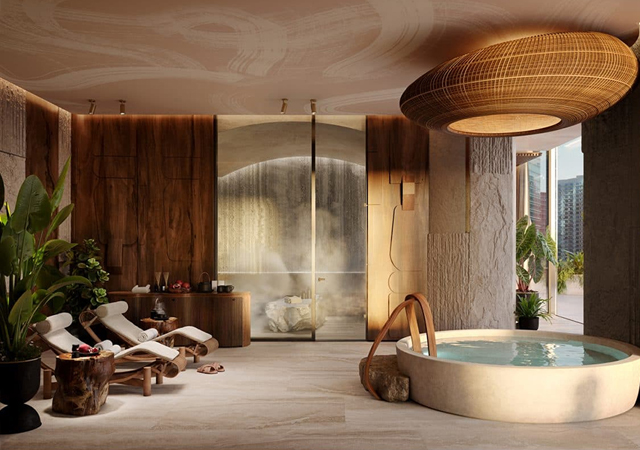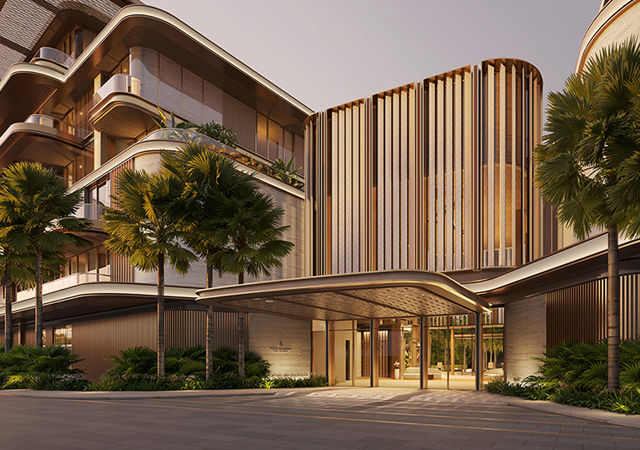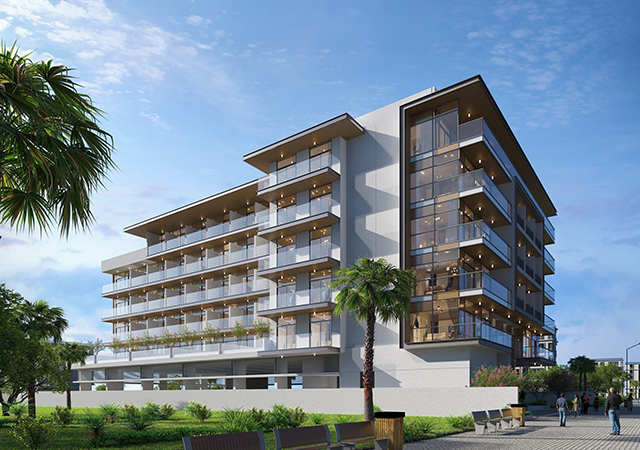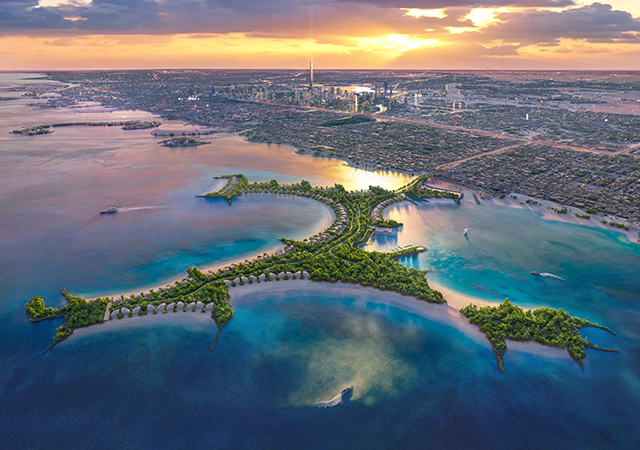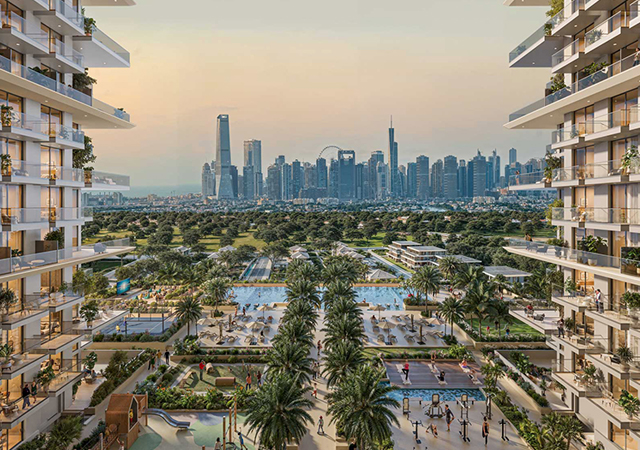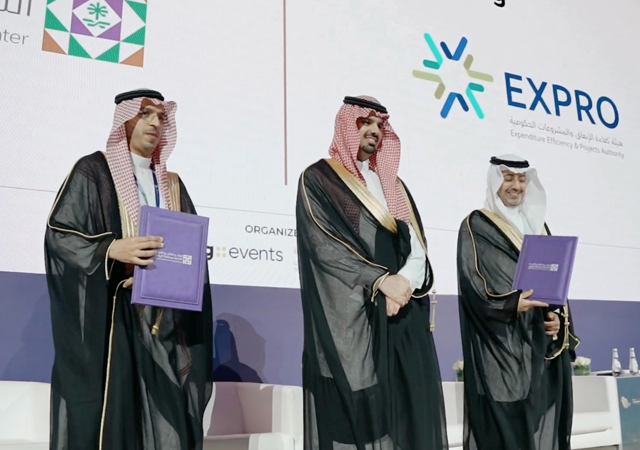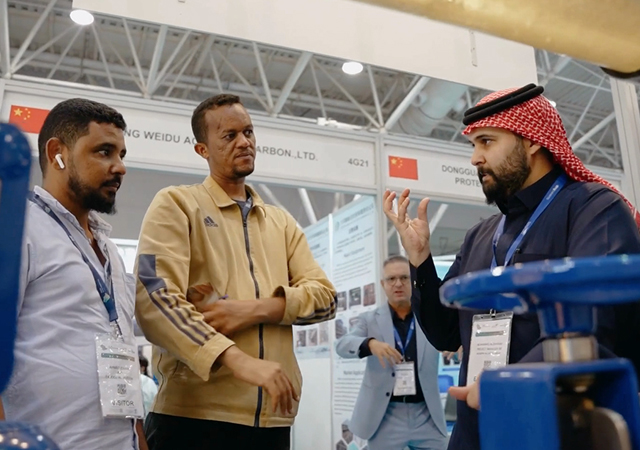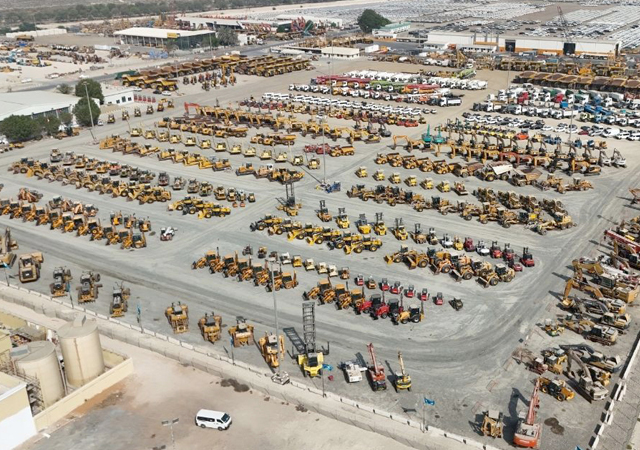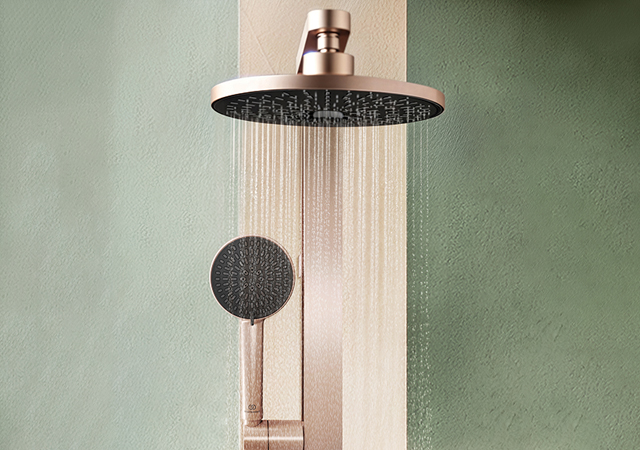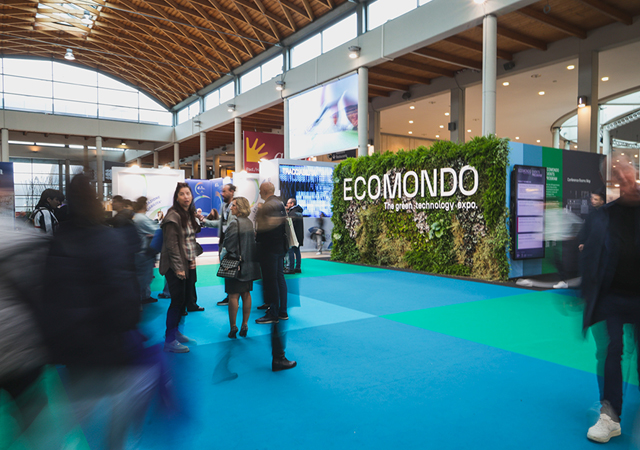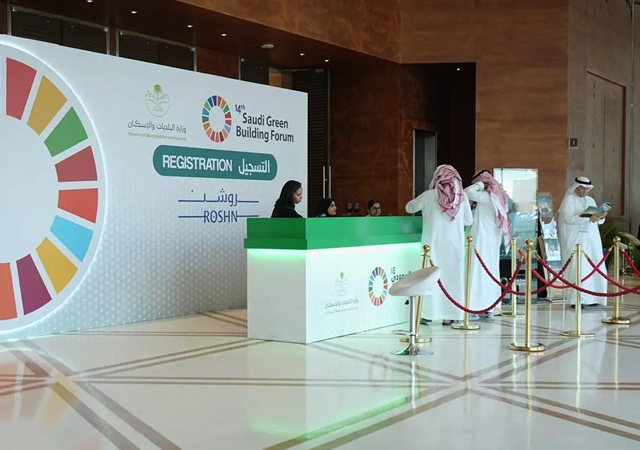

To the casual observer, its design is bold, beautiful and modern: a semi-pyramidal grey concrete monolith, surprisingly almost devoid of glass, with the huge American crest emblazoned on the front elevation, silently stating its mission without words.
But abstract aesthetics are not what’s earning the new American embassy in Abu Dhabi bouquets from builders and environmentalists alike.
For, it is the first green building in the Middle East to be designed to Leed (Leadership in Energy and Environmental Design), a key US standard for environmentally-friendly, sustainable structures.
“Leed is the rating system of the US Green Building Council (USGBC),” explains Mario Seneviratne, the general manager of ServeU, a Dubai-based firm which was the Leed consultant for the project. “Simply put, a Leed building must save energy, recycle, have good indoor air quality, good landscaping and not harm the environment.”
The embassy was designed by Hellmuth, Obata & Kassabaum (HOK) using Leed standards.
HOK sought to minimise solar heat gain and water consumption while improving the building’s energy efficiency. It positioned the building in a north-south orientation, minimising east and west direct sunlight. The majority of the fenestrated openings are located on the north and south facades, with almost no glazed openings on the west facade, where the greatest amount of heat gain would be produced.
An innovative lighting design greatly reduces the building’s energy use and will reduce the cooling load associated with the heat typically produced by fixtures.
Light shelves on the south facade minimise direct sunlight while providing ample indirect light into the workspace through the use of passive reflective devices.
The design uses energy-saving lights, ballasts, and occupancy sensors.
The building and landscape design celebrates water as a precious resource in the UAE.
Rather than simply collecting rainwater in roof drains and discharging it into the city’s stormwater system, the roof slopes to the east and drains into a small dry stream, or wadi. During a storm, rainwater cascades down the sloped roof into the wadi garden, located along the building’s north and east faces. As the wadi fills, the captured water transforms the normally dry garden into a temporal moat while contributing to groundwater recharge.
The landscape plantings mimic the vegetation in the surrounding desert stream environment. An innovative constructed wetland acts as an on-site treatment centre that reuses more than 10,000 gallons of building wastewater for landscape irrigation.
This treatment system conserves fresh water in a way that is efficient, economical, and visually striking. It also benefits the local environment by decreasing the compound’s contribution to the municipal waste water system and by reducing its dependence on the local fresh water supply for irrigation.
Rain collection gardens in parking areas capture and filter storm-water runoff.
HOK opted for local building materials - including stone, reinforcing steel, concrete, sand, and pavers – to conserve resources and finances by reducing transportation requirements.
It also considered each material’s recycled content and recyclability. All wood was specified from certified sustainably harvested sources. Paints, coatings, adhesives, and sealants were zero- or low-VOC formulations and a construction waste management system minimised the amount of waste sent to landfills.
Additional energy-saving features included the use of solar panels for producing hot water, raised floors used for air-conditioning, air-cooled water chillers and energy-efficient window glazing.
J A Jones Construction Company carried out the design and build contract for the embassy, which has a footprint of 72,548 sq ft over a 7.97-acre site.
The embassy is now 80 per cent through the process and Seneviratne is confident that it will win Leed certification. His confidence stems from experience: he played a key role in achieving a Leed bronze award for the Kandalama Hotel in Sri Lanka.
The pioneering building has drawn praise from Dubai’s Emirates Environment Group (EEG), a voluntary, non-government organisation (NGO) which has been fighting for greater awareness of sustainable buildings in the region over the last decade.
“It is wonderful to see such concepts take root in the UAE,” says EEG’s chairperson Habiba Al Marashi. “Dubai is a leader in energy conservation and environmental-friendliness. Given the rapid pace of development in the emirate, every effort should be made to ensure that we build sustainable buildings.”
Seneviratne agrees: “Some 22 per cent of the energy consumed in Dubai could be saved through green design.”
Dr Mohsen Aboulnaga, professor and dean of the College of Design and Applied Art Dubai University College comments: “It is splendid that the green building design concept has been introduced at the US embassy building in Abu Dhabi and the Dubai University College intends to introduce the project as a case study.”
Dr Aboulnaga, however, expresses reservations about the project achieving the Leed rating. “The skeleton of the building is solid with little or no openings, which does not allow for the daylighting factor. The rating stipulates that at least two per cent of lighting in 75 per cent of the indoor space should be met by natural lighting. Nevertheless, given the nature of the building and the high security requirements of the project, this is understandable.”
EEG is believed to be one of the first environmental NGOs in the world to be accredited with ISO 14001 for its environment management system. It promotes green design through education, programmes and community involvement and even through affiliation with colleges such as the Dubai University College.
ServeU, a division of Union Properties, is a member of the EEG.



